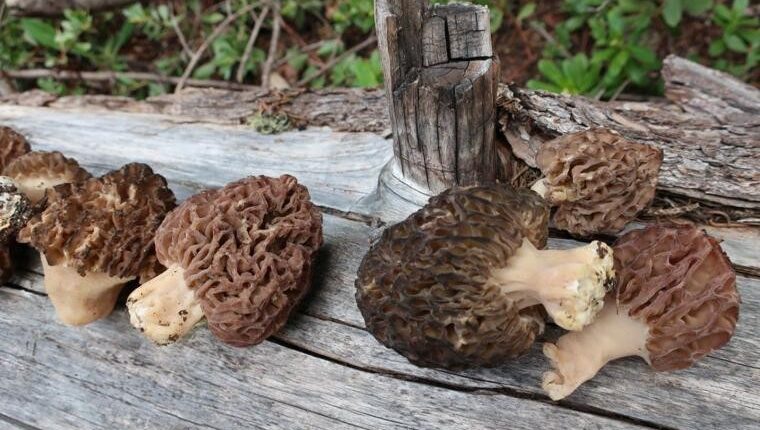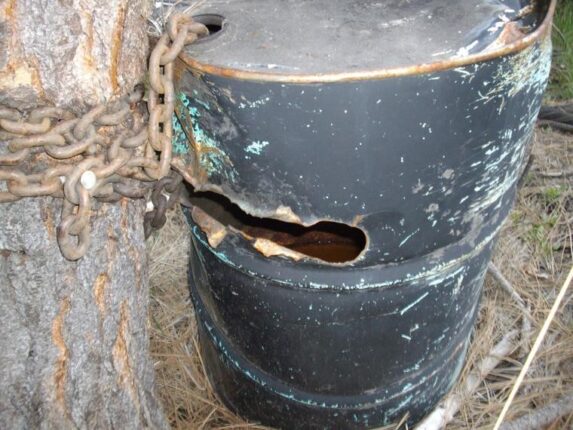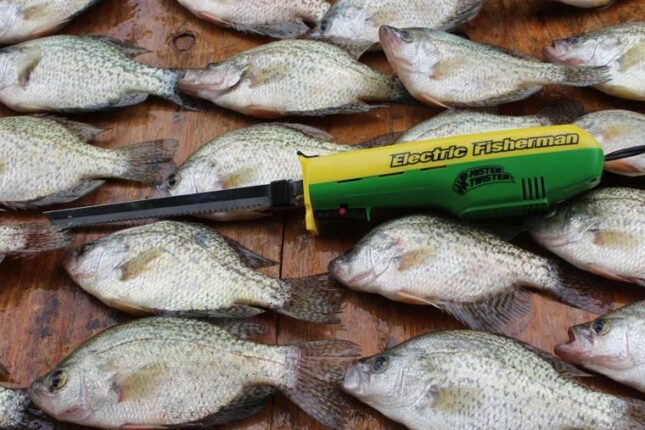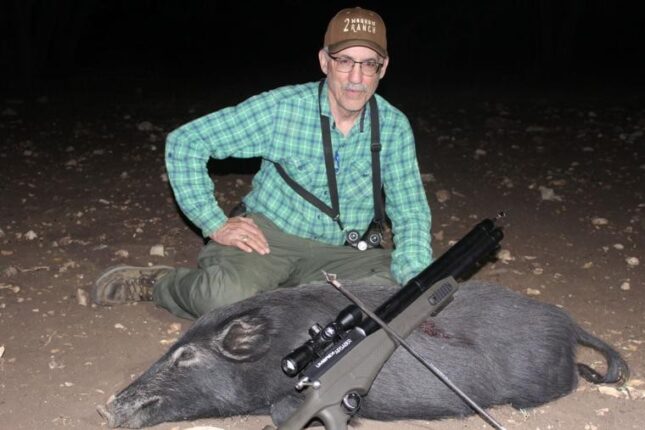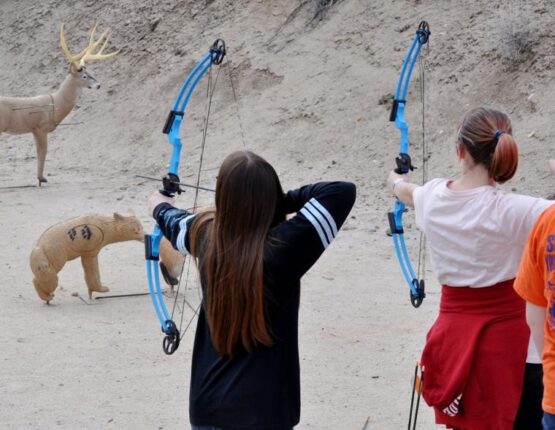If you’ve read my articles for the last 20 years then you know that every spring, I always write a “Spring is Magical in Idaho” article (or one titled something to that effect) due to all of the outdoor opportunities that she offers us. In fact, I just wrote one about seven weeks ago. But after yesterday’s fishing trip, I had to say it again. But I really, really mean it this time!
I’d been gone for a couple of weeks and got home and told Katy that I was dying to go crappie fishing. She said she’d be free that afternoon but had to hit the big garage sale at the fairgrounds first with her buddy Janet. I had a product review or two I had to get in to Ammoland Shooting Sports News first anyway so I told her that would work fine.
I had the Black Pearl and all of the gear loaded up by the time she got home and we peeled out for the lake. There were a bunch of bank fishermen where I normally like to go, so we headed up to a spot Katy and I found last year. Gee, it’s nice to finally have a gas motor. We’ve had the Black Pearl since 1985 and have always had an electric motor but about two years ago we got a Honda 2.3 hp gas motor. It zips along twice as fast and you aren’t limited in how far you can go due to the battery dying.
We got to our spot and started getting some hits and then Katy started hanging so many I stopped fishing for a bit and just boated her fish. After a while I guess she tired out and started reading a book.
OK, this will sound unique but Katy is a school teacher and the best reader that you’ve ever seen. On road trips she’s always read to us while I’m driving. One time we were fishing and she was reading and this boat kept following us and getting closer and closer. Finally the lady in the boat said could you please turn up the tape a little louder? We’re really enjoying that book but it’s hard for us to hear. They were surprised to find out that it wasn’t a tape but Katy reading. She’s that good. Someone ought to hire her to record books on tape.
Anyway, by now she was reading “The Great Reset” and I was fishing again. Suddenly the wind whipped up so we snuggled in behind a rock column for 10-15 minutes and let it die down. Since we were there, I started fishing. I started doing pretty good. And then real good. Every now and then I tell myself OK, you’ve got to start counting so you don’t exaggerate and have a general idea of how good this or that trip actually was.
I got a little mixed up but out of 125 cast, only 4-6 cast I didn’t get a hit. I kept casting but got tired of counting. It was unbelievable. I’ve never seen anything like it. I don’t know how many I kept out of that one hole but you couldn’t even tell it’d been fished. It was still red hot after probably over 150 casts but I thought I’d move out and try the bass for a while. Wow, I’ve never been bored because I was catching too many fish!
If you haven’t been crappie fishing yet you really need to get out. I had another article about the Black Pearl I wanted to run this week but we’ll run it next week. But I’m going mushroom hunting tomorrow and if it’s good hunting, I’ll run the Black Pearl in three weeks. Wow, like I say, there’s just too much going on in Idaho in the spring. I could write an article per day.
Normally right now I’d recommend using an eighth ounce jig (red, yellow, black or chartreuse) about 12-18 inches below a pencil bobber. I don’t know why but I catch three times as many fish on a pencil bobber as I do on the ol’ red/white round bobber.
Tip the jig off with a two-and-a-quarter inch Mister Twister plastic tail. Yesterday we did good on silver, white or blue/white plastics. If it’s slow, I’ll put a Pautzke Fireball’s on the hook. There was no need in doing this yesterday.
Crappie are called papermouths because they rip off so easily so usually I use a dip net to land them, especially on the big ones but yesterday we were catching so many so fast I just netted the big ones.
Normally, I fry, bake or make fish tacos out of my crappie but my brother gave me a recipe using a pesto sauce. So today, I fried some filets lightly dusted in flour and broke them up over spaghetti doused in a Pesto sauce and then we did the same with an Alfredo sauce. I guess it wasn’t too bad, it all disappeared.
I’ve got to get to bed. Have to head up to the mountains tomorrow for mushroom hunting. Idaho is going to wear me out!
Tom Claycomb lives in Idaho and has outdoors columns in Many newspapers. He can be reached via email at smileya7@aol.com.

